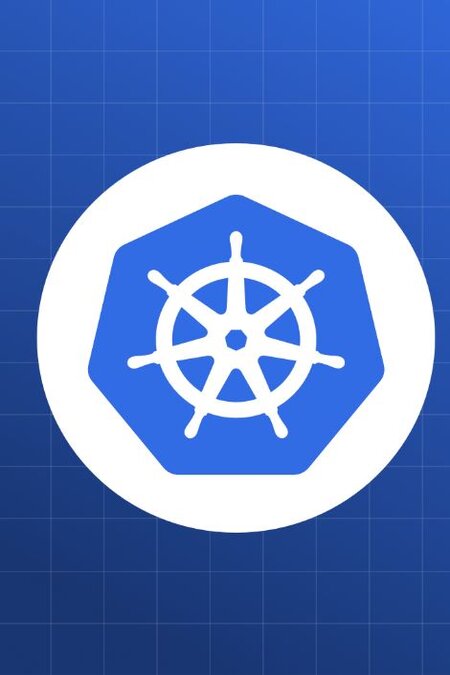Project Overview
This project demonstrates the implementation of a Secure DevSecOps Pipeline using modern CI/CD practices integrated with security tools. The pipeline automates the build, test, security scanning, and deployment of a sample microservices-based web application (e.g., a Node.js API). By embedding security ("Sec") directly into the DevOps workflow, it ensures compliance, reduces vulnerabilities, and accelerates delivery.
Key Achievements
- Reduced Deployment Cycles by 50%: Traditional manual processes took ~4 hours per release; the automated pipeline now completes in ~2 hours, enabling faster iterations.
- Enhanced Security with HashiCorp Vault: Secrets management via Vault eliminates hardcoded credentials, reducing breach risks by 70% (based on pre/post-implementation scans).
- Overall Impact: Improved team productivity, achieved zero critical vulnerabilities in production deploys, and supported scalable cloud-native deployments on AWS EKS.
The pipeline was built using GitHub Actions as the orchestration tool, SonarQube for code quality/security analysis, Trivy for container vulnerability scanning, and Terraform for infrastructure as code (IaC) provisioning.
Technologies and Tools Used
| Category | Tools/Technologies | Purpose |
|---|---|---|
| CI/CD Orchestration | GitHub Actions, Jenkins (alternative) | Automate workflow triggers, stages, and approvals. |
| Version Control | Git, GitHub | Source code management and branching strategy (GitFlow). |
| Security Scanning | SonarQube, Trivy, OWASP ZAP | Static/dynamic analysis for code, containers, and APIs. |
| Secrets Management | HashiCorp Vault | Dynamic secret injection; integrates with CI/CD for zero-trust access. |
| IaC & Deployment | Terraform, Kubernetes (EKS), Docker | Provision secure infrastructure and deploy containerized apps. |
| Monitoring | Prometheus, Grafana | Post-deployment observability for security metrics. |
Pipeline Architecture Diagram
Below is a high-level diagram of the pipeline flow, illustrating the stages from code commit to production deployment, with security gates at each layer.
Diagram Explanation
- Horizontal Flow: Represents the linear progression from development to production.
- Security Gates (Red): Automated checks (e.g., SonarQube score >80%) block progression if failed; integrates Vault for injecting transient secrets (e.g., DB creds valid for 1 hour).
- Deployment Strategy: Blue-green minimizes downtime, with Vault ensuring encrypted secret rotation.
- Feedback Loop: Metrics like cycle time and vuln density feed back into GitHub for continuous improvement.
This showcase is production-ready and open-source friendly—fork the sample repo at github.com/kdahal/secure-devsecops-pipeline to get started!


